From scarves to paintings: Decorative inspiration with paisley textiles
-
July 10, 2025
-
By: Rose Woman Scarf
-
25
In the textile exhibition hall of the Victoria and Albert Museum in London, an 18th-century Kashmiri shawl is quietly displayed. The winding teardrop-shaped patterns on the shawl still glow with mysterious and gorgeous brilliance despite three hundred years of baptism. This is the Paisley Pattern – a decorative art legend that spans time and space.
From the ancient stone carvings of ancient Babylon to the fashionable paintings in modern living rooms, from the exquisite shawls in Kashmir, India to the textile factories in small towns in Scotland, the Paisley pattern has provided an inexhaustible source of inspiration for global textile design with its endless evolution.
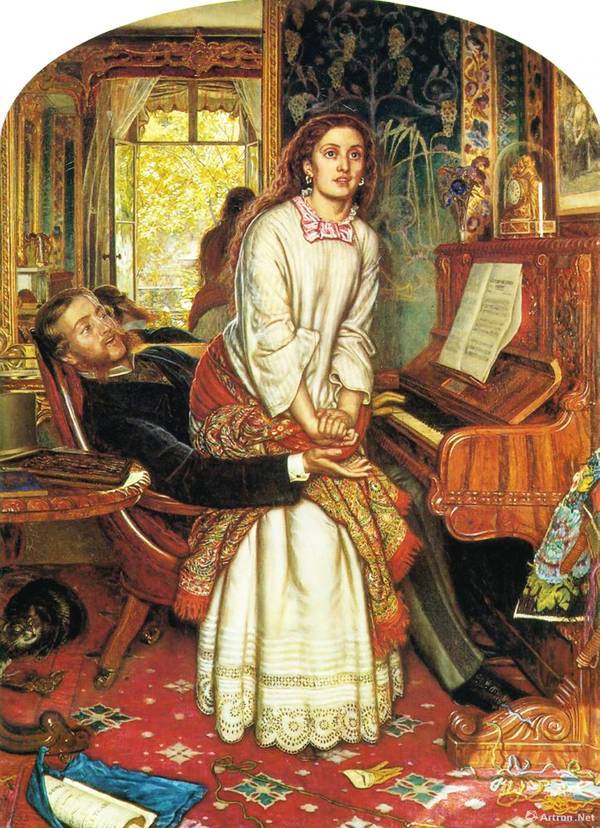
Deconstructing classics: the artistic characteristics of Paisley
Morphological analysis:
The basic form of the Paisley pattern is a highly recognizable teardrop-shaped structure: the “teardrop” has a round head, a slender and often curved tail, and the overall outline is very similar to a cashew, a fig or a bodhi leaf.This classic form has evolved over hundreds of years without changing its essence.
- Early period (18th century): closer to natural flower forms
- Mature period (19th century): evolved into a streamlined shape similar to a giant comma
- Modern variant (after the 20th century): the form is freer and more flexible, even abstract
Decorative details: order in complexity
Although the Paisley pattern has a unified appearance, the internal decoration is ever-changing, reflecting the typical style of exquisite beauty, delicate complexity.
- Internal filling: often composed of fine dots, lines and plant and flower patterns, with a good density
- External decoration: elements such as half-ring eyes and ring groups surround the main body
- Combination method: a single pattern can exist independently or be intertwined and connected with each other
In contemporary textile design, a patent for the Paisley pattern structure used in clothing shows that its typical structure includes:
“Both the outer contour and the inner contour are in the shape of a water drop; the outer contour includes a head end and a tail end… A ring group is arranged between the outer contour and the inner contour, and the ring group is composed of a number of rings; the pattern eye is composed of an inner eye and a ring eye, and the ring eyes are arranged around the inner eye with the inner eye as the center.”
Color philosophy: a palette from nature
As an important inheritance of paisley pattern, India has a unique use of colors:
- High saturation preference: In response to the strong ultraviolet environment in the tropics, bright colors are considered to have sun protection function
- Sources of natural dyes:
- Yellow → Turmeric
- Orange → Saffron
- Red → Sunflower and sugarcane
- Green → Various plants
- Golden → Urine of cows fed with mango leaves

Blooming on fabrics: The history of paisley textile applications of Paisley pattern
The initial glory of paisley on textiles came from Kashmiri shawls:
- Material: Pashmina wool, which comes from Asian goats in Central Asia and Ladakh
- Technique: The twill tapestry technique is used, which is a traditional technique of Central Asian brocade, not a native Indian technique
- Time-consuming: It takes up to 18 months to make an exquisite shawl
- Pattern characteristics: The early flower-branch pattern is actually a variant of the “Tree of Life” in West Asia, and later evolved into a complex vortex pattern
European industrial production: from luxury to mass production
With the imitation production in Europe, especially in the town of Paisley in Scotland, paisley textiles have undergone revolutionary changes:
- Material expansion: from expensive cashmere to cotton and ordinary wool
- Technological innovation:
- The application of jacquard looms
- Multi-color weaving technology (from 2 colors to 15 colors)
- Product diversification: from shawls to ties, skirts, curtains, blankets, etc.
Fusion of modern paisley textile technology
The application of contemporary paisley patterns in textiles presents the characteristics of combining high technology with traditional aesthetics:
- Digital printing technology: achieving complex gradient color effects
- Laser cutting: engraving paisley patterns on leather, canvas and other materials
- 3D jacquard: giving the pattern a three-dimensional texture
- Lace hollowing technology:
“Combining paisley patterns with hollowing… makes the paisley pattern retro and gorgeous, perfectly integrated with the hollow lace, showing the sexy and charming side of women”
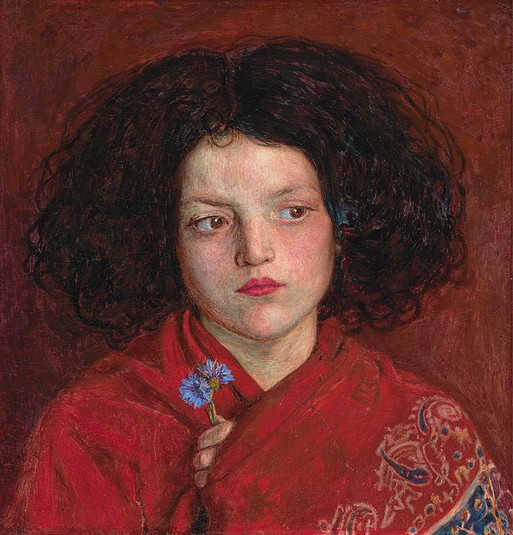
From scarves to hanging paintings: Paisley inspiration in contemporary home textiles
Fashion accessories: the art of walking
Scarves and silk scarves have always been the core carriers of paisley patterns:
- Design points:
- Use balanced individual patterns
- Classic cashew shape + modern deformation
- Staggered arrangement of size and direction
- Combination of virtual and real (transparency changes) to increase the sense of layering
- Color example: Green is the main color, with turmeric, crimson, and purple as embellishments, and complementary colors add visual vitality
- Brand model: ETRO’s Paisley scarf combines oriental elements with Italian luxury and becomes the brand logo
Home paisley textiles: the poetry of space
The application of Paisley pattern in home textiles reflects the sublimation from practicality to art:
Dining and kitchen space
- Tablecloth design: Paisley pattern + edge lace decoration + dark edging
- Chair cushion matching: echoing the tablecloth pattern
- Color scheme: Fresh green tones create a comfortable dining atmosphere and complement green plants
Bedroom space
- Bedding design: Medium-sized Paisley square continuous pattern
- Color psychology:
- Warm tones (gold, orange-red) → Warm feeling
- Cool tones (blue, green) → Tranquility
- Material selection: Velvet, silk and other high-gloss fabrics enhance the sense of luxury
Wall art
- Textile hanging paintings: Large Paisley pattern as the focal pattern
- Craft fusion:
- Embroidery + bead embroidery → three-dimensional effect
- Metallic tape embroidery → gloss change
- Lace bead embroidery → exquisiteness
- Layout innovation: deconstructing traditional continuous patterns into independent art units

Endless life: the contemporary revival and design inspiration of Paisley pattern
A model of cross-border design
The lasting charm of Paisley pattern lies in its strong adaptability:
- Architectural field: as iron decoration, tile pattern
- Product design: tableware, furniture surface decoration
Design application principles
When incorporating Paisley pattern into modern textile design, the following principles can be followed:
Scale game
- Large size: emphasize visual impact (such as hanging paintings, curtains)
- Miniature buti: create delicate texture (such as shirt fabric)
Color modernization
- Traditional turmeric/saffron color system → Morandi low saturation color matching
- Monochrome gradient: modern minimalist style
Material mix and match
- Wool + metallic yarn
- Silk + transparent hard yarn

Conclusion: Eternal Vortex
In the world of textiles, paisley has surpassed the simple decorative function and become a design language that transcends time and space. It reminds us that true classics will not fade with the passage of time, but will radiate eternal vitality in constant reinterpretation.
The next time you tie a paisley scarf or gaze at a paisley painting on the wall, you might as well count the thousand-year journey hidden in the curves – from the sacred tree worship in ancient Babylon to the bodhi leaves in Kashmir, India; from the textile looms in a small Scottish town to the catwalks of Milan Fashion Week. This is the eternal charm of decorative art.

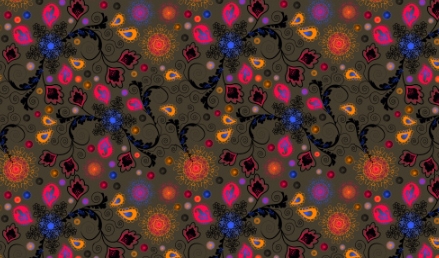

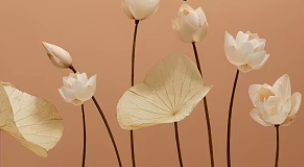

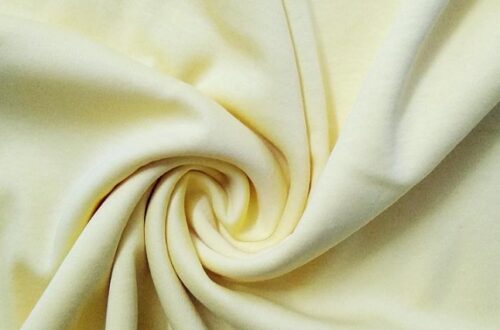
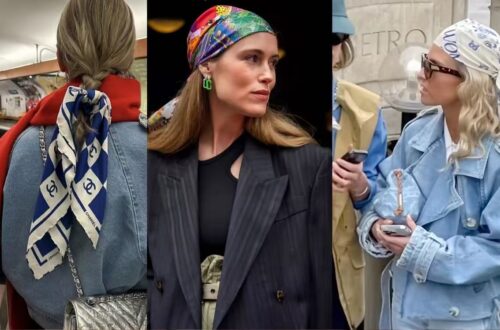


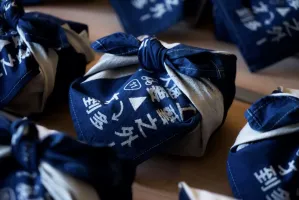
Leave a comment